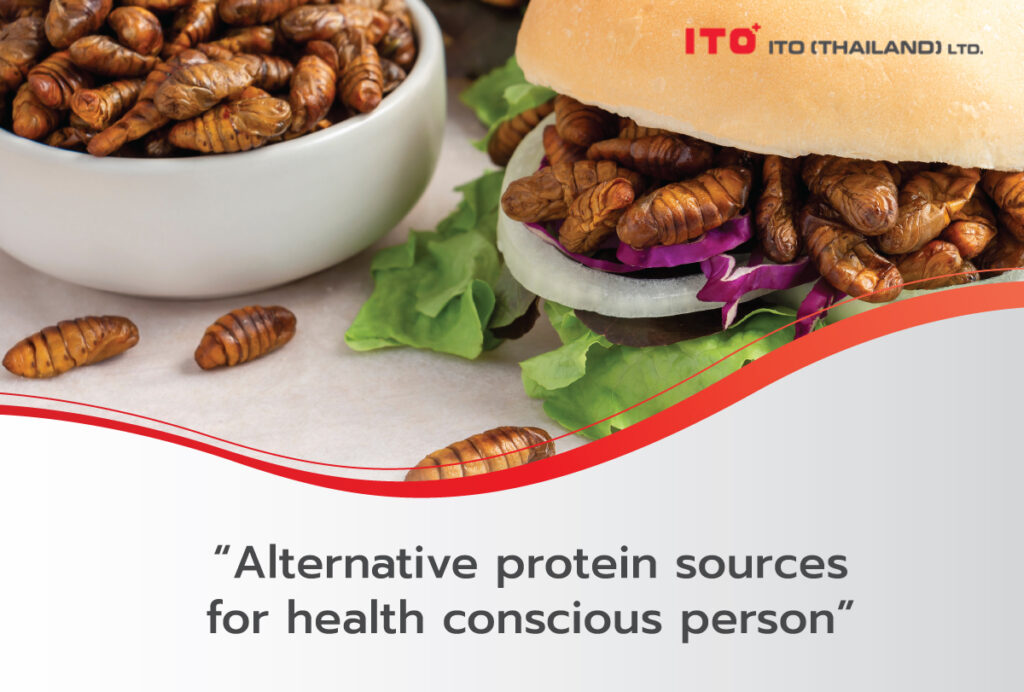ITO Thailand Hygiene Blog
Alternative foods: Protein
Alternative Protein Products
At present, global warming, drought, natural resource problems, and increased disasters have resulted in insufficient meat production with the livestock industry for consumption in poor and arid countries, leading to malnutrition, especially in the future where the population will increase. On the other hand, in developed countries, the livestock industry is seen as unnecessary torturing of animals. Waste released as well as the use of resources all contribute to greenhouse gas emissions and are part of global warming problems. These factors, coupled with health and exercise trends, result in higher demand for food products that are high in protein and a higher proportion of suitable amino acids. Moreover, new food technologies make it easier to cultivate or extract alternative proteins, responding to consumers who like to experiment with new products, and to the problem of food allergies, which are protein allergies in potentially fatal food products such as proteins in milk, eggs, soybeans, peanuts, hard-shell nuts, sesame, gluten in cereals, fish and hard-shell seafood, etc. This is another issue why consumers who have food allergies are interested in alternative proteins and in improving the requirements, laws, and standards that place greater emphasis on the issue of allergens in food proteins (e.g.GHPs), making the main substitute products for proteins from are animal products or alternative proteins more popular.
Alternative proteins nowadays have three main sources: insect proteins, plant proteins, and single-celled algae and animal proteins. These include a long-known group of proteins, and a new protein group that is just beginning to gain interest and is under research, both in terms of protein extraction processes, physical properties, nutritional values, health effects, cultivation of sources of proteins, and developing food products with such protein additives. These proteins are seen as future proteins.
As for proteins from insects in Thailand, there is a long culture of eating insects. However, in other countries, they are gaining attention as a new source of protein that consumes fewer resources for raising than traditional livestock. This is especially the case for cricket powder products that have two times higher protein content than regular meats (beef, chicken, eggs, and salmon)1 when comparing the protein-to-weight ratio. The cricket powder products have good amino acid and vitamin composition and have a longer shelf life than the original form of protein. However, insect protein may not be a safe choice for consumers who are allergic to crustaceans, as there is a chance that consumers are also allergic to insect proteins. Research on long-term effects and legal requirements is also under development as it is a new source of protein for which serious studies have just begun.
In addition to plants being a source of protein, it is also a source of vitamins and minerals as well as substances that have various health functions, such as antioxidants, dietary fibers, good fats, etc., Plants that have always been known as high-protein plants are soybeans eaten in the form of soy milk, tofu, artificial proteins, as well as ingredients in various seasoning sauces. Nevertheless, due to issues of protein quality or the quantity of essential amino acids, as well as soybean allergy, and specific smell of the products, alternative proteins from other plants are sought:
Crust nuts: almond, cashew nuts, walnuts, coconuts
Cereals: oatmeal
Nuts and seeds: green peas, sunflower seeds, etc.
These plant proteins, in addition to enhancing nutritional values to the products, can also enhance the products’ properties2 such as water absorption, gel formation, emulsifier, use as a foaming agent, or as an anti-water transmission film. However, some plant proteins still have problems regarding allergens and protein quality due to a lack of essential amino acids and technological problems in extracting high amounts of proteins and achieving good sensory qualities (e.g., color, taste, flavor, and texture). But at the same time, sources of plant proteins can also use by-products from other food industries to reduce environmental problems and food waste, such as rice bran protein, green bean protein from the vermicelli industry, etc.
The last source of protein is algae and single-celled animals. Most of them are under laboratory research, such as seaweed proteins, Wolffia, bacteria, and mycoprotein. The advantages of these proteins are good nutritional values, sources of vitamins, minerals, and they can produce other functional substances faster than plant proteins, and raw materials in other food industries may also be used substrates, which are popular for supplementing proteins to the feed industry. However, the development of industrial production and the effects of these proteins on human health in the long run are still under the research process. Also, the use of these proteins as raw materials in food products is not legally supported at the international level. The point of attention is the amount of cellular genetic materials, the production of toxins of target cells and contaminated cells, as well as protein allergies.
The development of alternative protein food products, in addition to protein allergies and nutritional values, another important thing to consider is consumer satisfaction with products. The colors, smell, taste, texture must be accepted, since some protein extracts have a particular flavor that is quite strong. In addition, products in the form of substitutes such as alternative milk from plants aimed at replacing cow’s milk also require a texture acceptable for consumers. The same concept also applies to the properties as raw materials, such as using plant milk as raw materials to make bakery products to replace cow’s milk: whether the texture changes and how to adjust so that the final product has the desired properties of consumers. For example, especially the imitation of the texture of animal proteins containing muscle fibers and fats is has a lot of challenges and is difficult to do. The use of technologies such as 3D printing is part of developing products closer to meat. These technologies are currently under the research and development process. It is an attractive way for entrepreneurs to invest in developing new products to compete in markets where new needs are increasingly currently in place.
Related Post
-

Biodegradable Packaging
As straightforward as its name, it means any packaging that will naturally fall apart and decompose. In recent years, biodegradable packaging has been included as one of the sustainable development goals for several organisations. A similar issue, bioplastics, an alternative to sustainable living, was discussed in a previous blog. However, there are some differences between them. For example, bioplastics are made from raw materials sourced from renewable and natural sources and could or could not be biodegradable. In contrast, biodegradable plastic can naturally degrade through living organisms no matter the source material it originates from. The development history of biodegradable packaging, frequently used materials, the pros and cons of biodegradable packaging, and its future trends will be discussed in this blog.
-
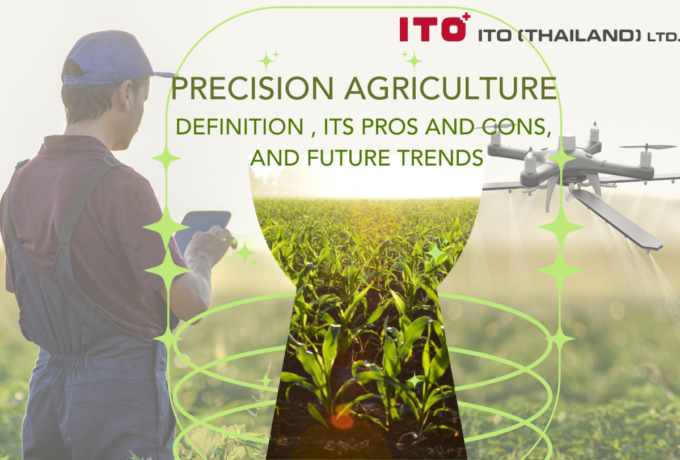
Precision Agriculture
Precision agriculture has revolutionised how we approach crop management by optimising the inputs to meet specific requirements. Even though it is not a new system, recent technologies have made it possible to apply it in practical productions. In this blog, we will discuss the definition of precision agriculture, its pros and cons, and future trends.
-
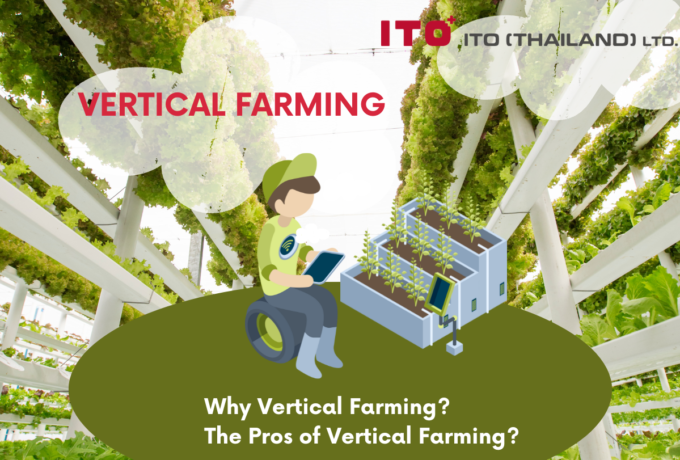
Vertical Farming
Agriculture has utilised nearly all the available land, causing growing difficulty in finding land on the earth’s surface. With limited resources, meeting the world’s food demands will require more innovative and dependable methods of producing safe food, and the answer lies in vertical farming.
-
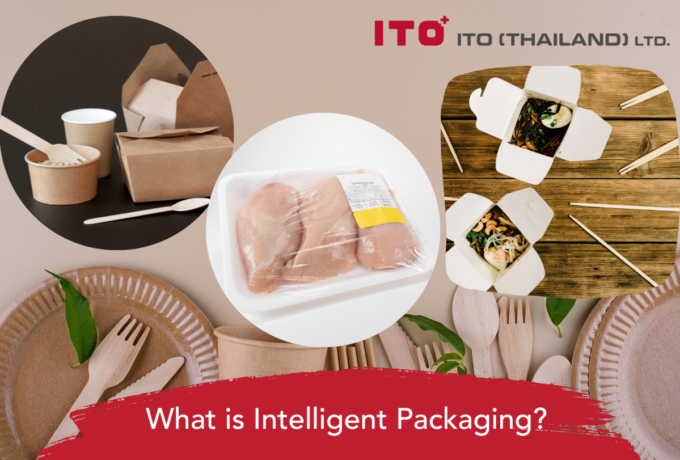
Intelligent Packaging
Without packaging, food products would last for only a short period of time, impossible for logistics management, difficulties in the supply chain system, quick quality deterioration, and prone to contamination to risky foodborne pathogens. In reality, there are many more functions that packaging is contributing to food products, as well as many types of smart packaging. Intelligent packaging is considered to be a part of smart packaging, so in this blog, we will discuss the contribution of intelligent packaging to food products.
-
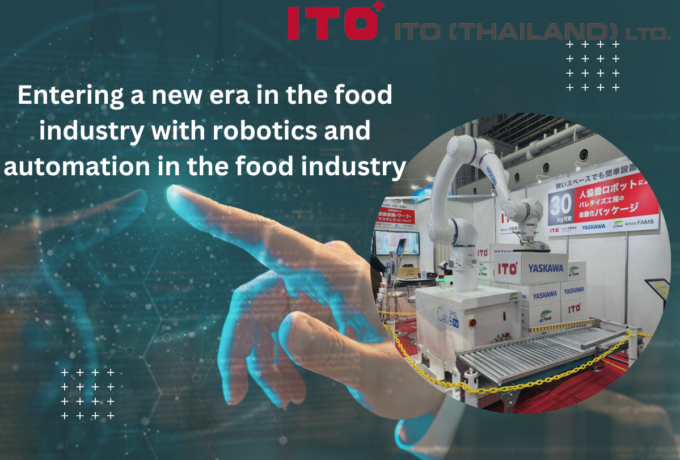
Robots & automation in the food industry
Entering a new era in the food industry with robotics and automation in the food industry
-
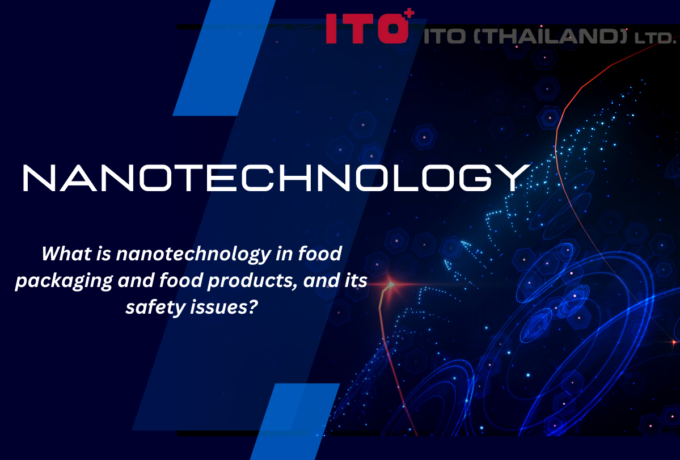
Nanotechnology in the Food Industry
Nanotechnology has been brought to our attention for the last decades, and it has provided various beneficial applications to the food industry. Unlike other technology, nanotechnology has broadened the knowledge in the food industry to another level in a nanoscale dimension. It involves almost every aspect of the food industry, including food packaging, food processing, as well as functional food development and enhancement of food safety. In this blog, we will discuss how nanotechnology is used in food packaging and food products, and the most important part, its safety issues.








